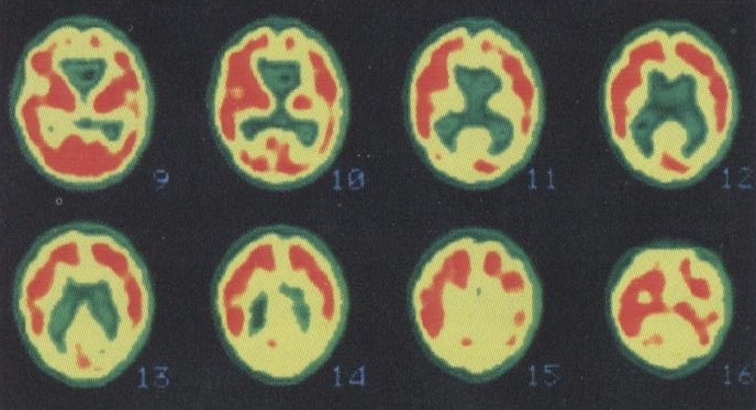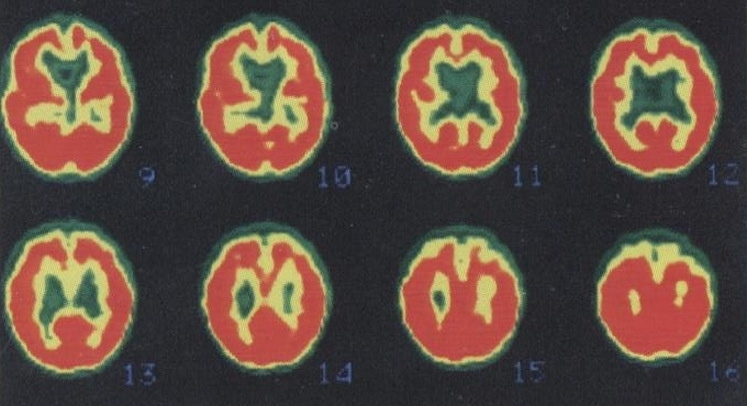Brain injuries
INJURIES AND TRAUMATIC BRAIN INJURY
Brain injuries or injuries with blows to the head happen very often nowadays. The most common causes of brain injuries include accidents (falls, accidental blows to the head, head impacts on fixed obstacles), traffic accidents, injuries on construction sites and during sports activities. These dangerous situations can be life-threatening, so never underestimate them.
Traumatic brain injuries leave the worst consequences. Unlike stroke, traumatic brain injury occurs frequently and at any age. Brain injuries in children are very high-risk.
Traumatic brain injury is brain damage caused by external mechanical forces, such as a blow, impact, fall, explosion or pressure wave, or stab or gunshot wound that leads to impaired brain activity. At first glance, much brain damage is not visible. After mild TBI, 14% of children have consequences, after severe TBI 62%.
Brain damage caused by ischemia of various origins can be figuratively compared to the explosion of an atomic bomb. The centre of damage is zone of complete destruction. Towards the edges of the foci, the level of cell damage decreases, and the boundary is formed by almost fully functioning nerve cells. In the centre are nerve cells without any supply of oxygen and nutrients. This part is irretrievably lost in terms of functionality. The zone of nerve cells around the centre is a dormant zone. These nerve cells are poorly functional, but under certain circumstances they can be activated. The limited supply of oxygen to this dormant zone ensures the survival of nerve cells, but not sufficient activity in them. The results of this treatment are very encouraging, but also depend on the time elapsed between the brain damage and the start of treatment.
The cells of this dormant zone can be revived using hyperbaric oxygen therapy, which will provide them with an adequate supply of oxygen. The extent to which the patient’s condition will improve is determined by the location and extent of brain damage, and also the extent of the dormant zone.
BEFORE TREATMENT
AFTER TREATMENT
TRAUMATIC BRAIN INJURY (TBI) AND HYPERBARIC OXYGEN THERAPY
Traumatic brain injury (TBI) is one of the leading global causes of both disability and mortality. According to the CDC (Centres for Disease Control and Prevention in the USA), in the US alone, 138 people suffer traumatic brain injuries every day, and these injuries account for roughly 30% of all injury deaths in the country. In 2010 alone, roughly 2.5 million TBI-related hospitalizations were recorded in the U.S. The beneficial effect of hyperbaric oxygen therapy on brain regeneration after traumatic injury has been demonstrated by reducing hypoxia and neuroinflammatory processes, while improving circulation in the brain. It is reported that HBO also has a beneficial synergistic effect with the effect of other therapies, including standard intensive rehabilitation.
CLINICAL TRIALS HAVE PROVEN THE BENEFICIAL EFFECT OF HBO BECAUSE OF THE FOLLOWING ADVANTAGES:
IMPROVING NEUROLOGICAL REGENERATION AND RECOVERY WITH HBO
- Relieves the effects of hypoxia and inflammatory processes in the brain
- Promotes neurone formation
- Relieves mitochondrial disorders
- Improves the regeneration of penumbra (damaged tissue)
- Stimulates neuroplasticity
- Induces the process of remyelination
Promotes recovery after concussion
IMPROVING OVERALL FUNCTIONALITY WITH HBO
- Supports cognitive functions
- Improves fine/gross motor skills
- Improves vision and speech
- Relieves spasticity
- Reduces the frequency of seizures
- Stimulates better eye contact
- Improves balance and gait
STUDY: HBO’S CONTRIBUTION TO IMPROVING BRAIN FUNCTION
In 2014, the results were published of a controlled longitudinal study looking at the effectiveness of intensive rehabilitation in combination with HBO and the subsequent impact on gross and fine motor skills in 150 paediatric patients with cerebral palsy. In this 8-month study, all children received standard rehabilitation, while three groups received HBO at the same time. The control group was the paediatric patients who did not receive hyperbaric therapy and underwent only standard rehabilitation. All HBO groups underwent 40 therapy sessions of 1 hour, six times a week. The first HBO group received 1.3 absolute atmosphere (ATA) therapy with compressed air. The second HBO group received 1.5 ATA therapy with 100% oxygen administered through an oxygen helmet, while the third HBO group received 1.75 ATA therapy with 100% oxygen also administered through an oxygen helmet. After eight months of follow-up measurement, all four patient groups achieved improved parameters. However, in the HBO administration groups, a variation in fine and gross motor skills was noted, which was on average three times higher compared to the control group. The study found no significant statistical difference in function improvement between groups given HBO.


